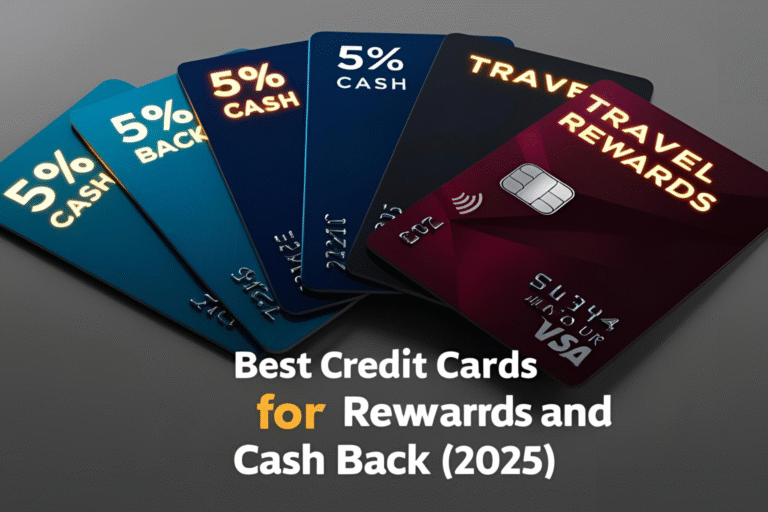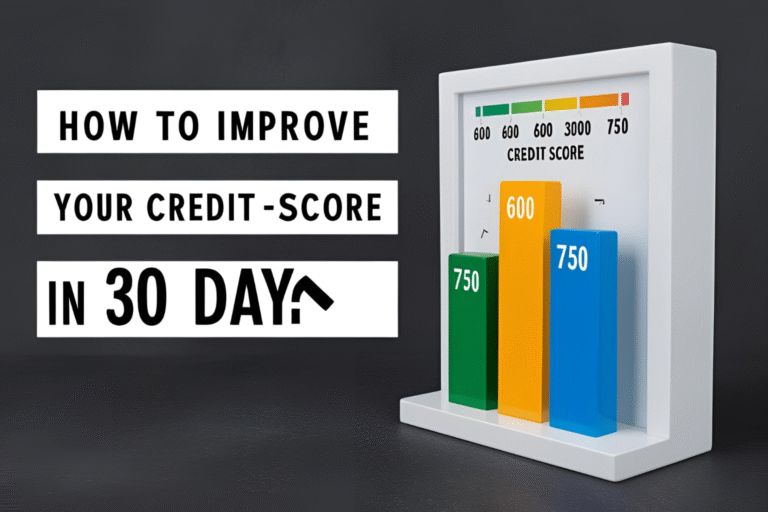Personal Loans Explained: When to Use Them and Why
Personal loans are one of the most versatile financial tools available to U.S. consumers. But many people don’t fully understand when it’s a smart move—or a risky one.
In this guide, we’ll break down what personal loans are, how they work, and when using one is the right decision for your financial situation.
What Is a Personal Loan?
A personal loan is a type of unsecured loan that allows you to borrow a lump sum of money and repay it in fixed monthly installments over a set period—usually between 1 to 7 years.
Key features:
- No collateral required
- Fixed interest rate
- Predictable repayment schedule
When to Use a Personal Loan
1. Consolidating High-Interest Debt
If you have multiple credit cards with high interest rates, consolidating them into one personal loan with a lower rate can save you money and simplify payments.
2. Covering Large, Planned Expenses
Great for things like:
- Home repairs
- Medical bills
- Wedding costs
- Moving expenses
3. Emergency Financial Needs
While not ideal, a personal loan can be a better option than payday loans or maxing out a credit card during an emergency.
4. Funding a Major Purchase
Instead of using store credit or high-interest financing, a personal loan may offer a better rate and structured repayment.
When NOT to Use a Personal Loan
- For luxury vacations or shopping splurges
- If you already have high debt and can’t manage more
- When a 0% APR credit card or payment plan might be cheaper
How Personal Loan Rates Are Determined
Rates depend on:
- Credit score
- Income and debt-to-income ratio
- Loan term and amount
- Lender policies
People with excellent credit (740+) qualify for the best rates—often under 10%. Lower scores may face rates of 20% or more.
Where to Get a Personal Loan
- Online lenders: SoFi, Upstart, LendingClub
- Credit unions: Often offer lower rates to members
- Banks: Larger institutions like Wells Fargo, Discover
- Peer-to-peer lending platforms
Always compare multiple offers before deciding.
Pros and Cons of Personal Loans
Pros:
- Fixed monthly payments
- Can be used for almost anything
- Lower interest than credit cards (in most cases)
Cons:
- May include origination fees (1–8%)
- Interest adds to overall cost
- Missed payments hurt your credit
Final Thoughts
Personal loans can be incredibly useful when used wisely. They’re not free money, but they can help you manage big expenses, avoid higher-interest debt, or gain financial control—if used for the right reasons.
FAQs
What credit score is needed for a personal loan?
Most lenders look for 600+, but better terms are available with 700+.
How long does it take to get a personal loan?
Online lenders may approve and fund your loan within 1–3 days.
Do personal loans affect my credit score?
Yes. Applying triggers a hard inquiry, and on-time payments build credit.
Are personal loan payments tax-deductible?
No. Unlike mortgage or student loan interest, personal loan interest is not tax-deductible.
Can I repay a personal loan early?
Yes, but check for prepayment penalties with your lender.


